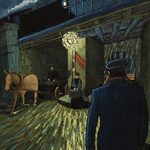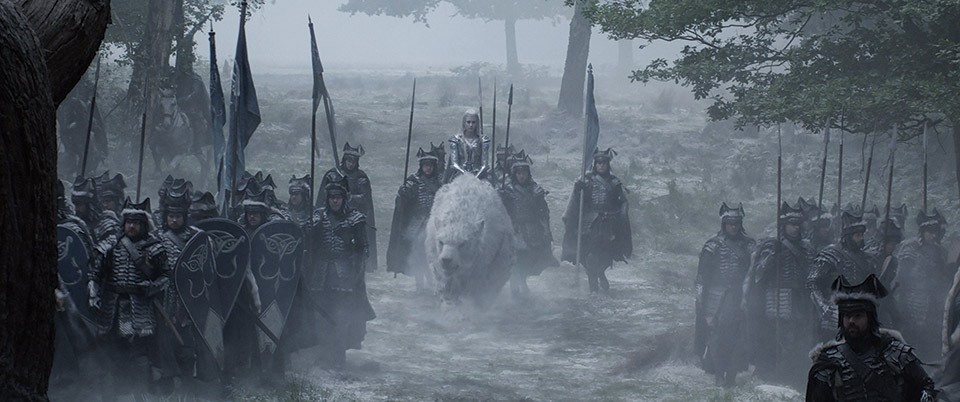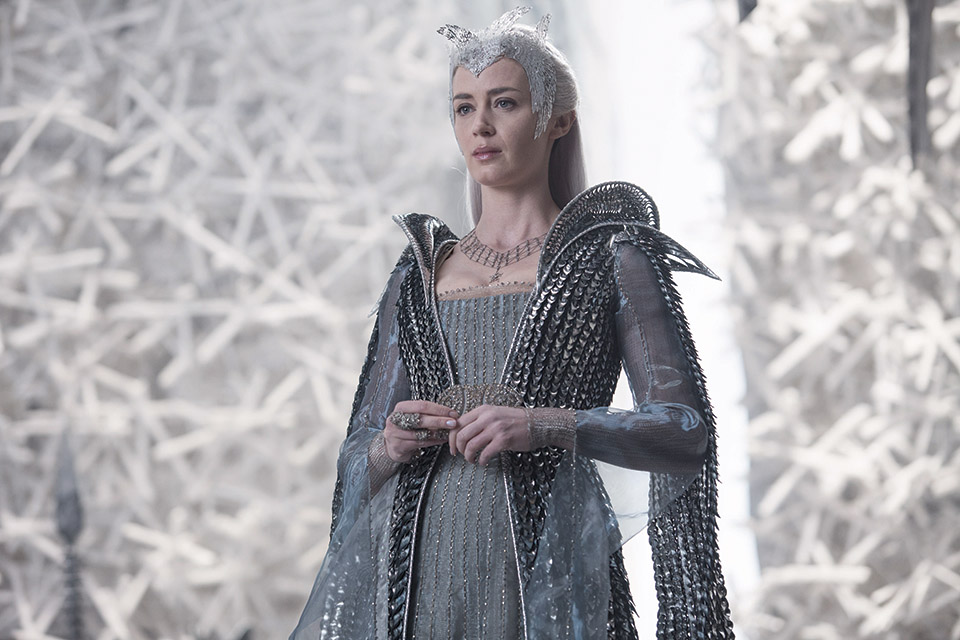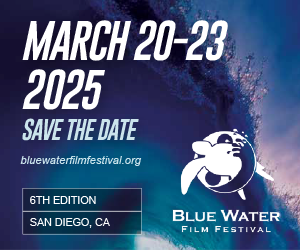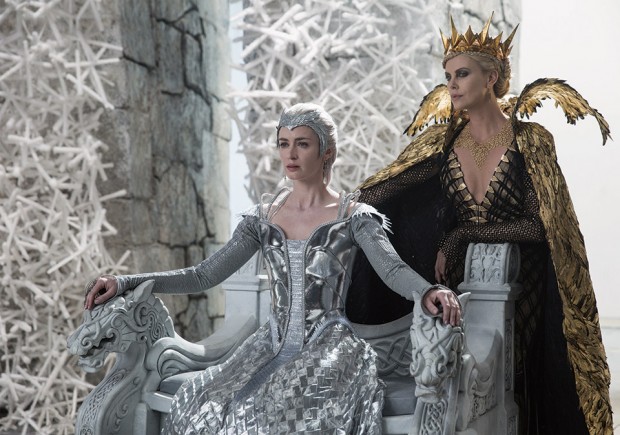
Double Negative leads the play with new ice effects, creatures and even tentacles in Oscar-nominated VFX supe’s directorial debut The Hunstman: Winter’s War.
After earning an Oscar nomination for Snow White and the Huntsman, VFX supervisor Cedric Nicolas-Troyan was promoted to director of The Huntsman: Winter’s War, which he describes as a “sprequel” (a prequel and sequel rolled into one). The new feature walks a very fine line between fantasy and reality, only this time it’s not as dark tonally or visually, and ice plays a crucial role.
Chris Hemsworth returns as Eric the Huntsman, and Charlize Theron does a brief refrain as Ravenna, the Evil Queen. They are joined by Emily Blunt as Ravenna’s sister, Freya, the Ice Queen; and Jessica Chastain as Sara, the Warrior, and Eric’s lover.
Double Negative in Vancouver did most of the 1,000 VFX shots with help from Pixomondo, The Mill, Digital Domain and Atomic Fiction. Previs was done by Proof and Nvizage.
For DNeg VFX supervisor Paul Lambert, who also served as production VFX supervisor, it was a great collaboration with Troyan. “He’s very visual and is very good at describing exactly what he wants from you,” he says. “He was very involved in the early part of the concept design. And the more visuals you put in front of him, the quicker he’ll get to the point you need to get to.”
The chilly environment was important and they had an extensive build for Freyda’s castle. “I spent a week in Iceland shooting plate photography from a helicopter to get various vistas, but also we did some passes for photo scans for some of the geometry,” Lambert says. “We found that it worked sometimes but there weren’t always enough features. Production did full CG extensions with our castle build on set, but this was a full CG build rather than a projection kind of technique because there were going to be so many views of the castle and in different environments (night, dawn and transitions).”
In fact, the ice particles that constantly fall down around the throne were harder than anticipated. First, they tried doing the particles in camera but the tests proved unsatisfactory. In the end, both Double Negative and Pixomondo figured out a solution for the ice crystals.
Freezing Powers
Additionally, there was Freya’s power to conjure ice (also created using Houdini). “She has the ability to freeze her environment or to freeze people or to bring up an ice shield,” Lambert said. “And with these ice walls, she’s able to influence what people see through them. But it was decided to have a stylized look. Her effect was always based on conjuring up ice shards from under the ground or from the air.”
In terms of character work, the goblin king comes as a surprise. Rather than being Orc-like, he was more simian, per the director’s request. “This is a little more imaginative. And he’s quite an animated character. His chains would end up in his horns and we actually had to tone it down a bit,” Lambert says.
“The original plan was to do the goblin king as on set mo-cap (using blue spandex over the Mova suit). But because of the nature of the work, it was very sunt-involved, and Cedric wanted more of a performance. So that was used as reference and as that evolved, we did a second Mova capture suit to capture some of the moves that Cedric wanted and it was all tweaked by hand at DNeg.
“And the creature which Freya rides that’s part snow leopard, part polar bear [also overseen by Troyan] had to be built quickly to get a walk cycle so that the special effects department could build a practical rig for Emily Blunt to ride on during the shoot.”
Creating ‘Ravennacles’
The centerpiece, though, was the return of the Mirror Man, but with a complicated twist involving Ravenna.
“We had the scene where Ravenna first appears, and the idea was based on the first movie with the Mirror Man where you have this gold cloth, which is part liquid falling out of the mirror. This was revisited, only this time we had Ravenna’s body slowly appearing through this cloth to the point where you can see features. And then it peels off and reveals Ravenna underneath. That scene was prevised by Nvisage.
“The guys came up with a novel way to use a sand solver and cloth solver combined to get the flowing motion. And when she comes out if it, you see that she’s made of the obsidian black shards from the first movie but surrounded by gold from the mirror. Later on, she’s able to make these solid, shiny tentacles from the black ooze that we called ‘Ravennacles.’ And you get liquid membranes joining parts of it, which gives a very interesting look.”
It’s a Houdini fluid simulation that begins with the tentacles coming out of the ground, but then the membrane action between tentacles was like another effects setup where they had control over it.
“And the tentacles appear again when she has a wound in the back,” Lambert says. “The first iteration of this had a lot more tentacles coming out, which was a striking image, but it was cumbersome so they ended up with only two wrapping around her.”





